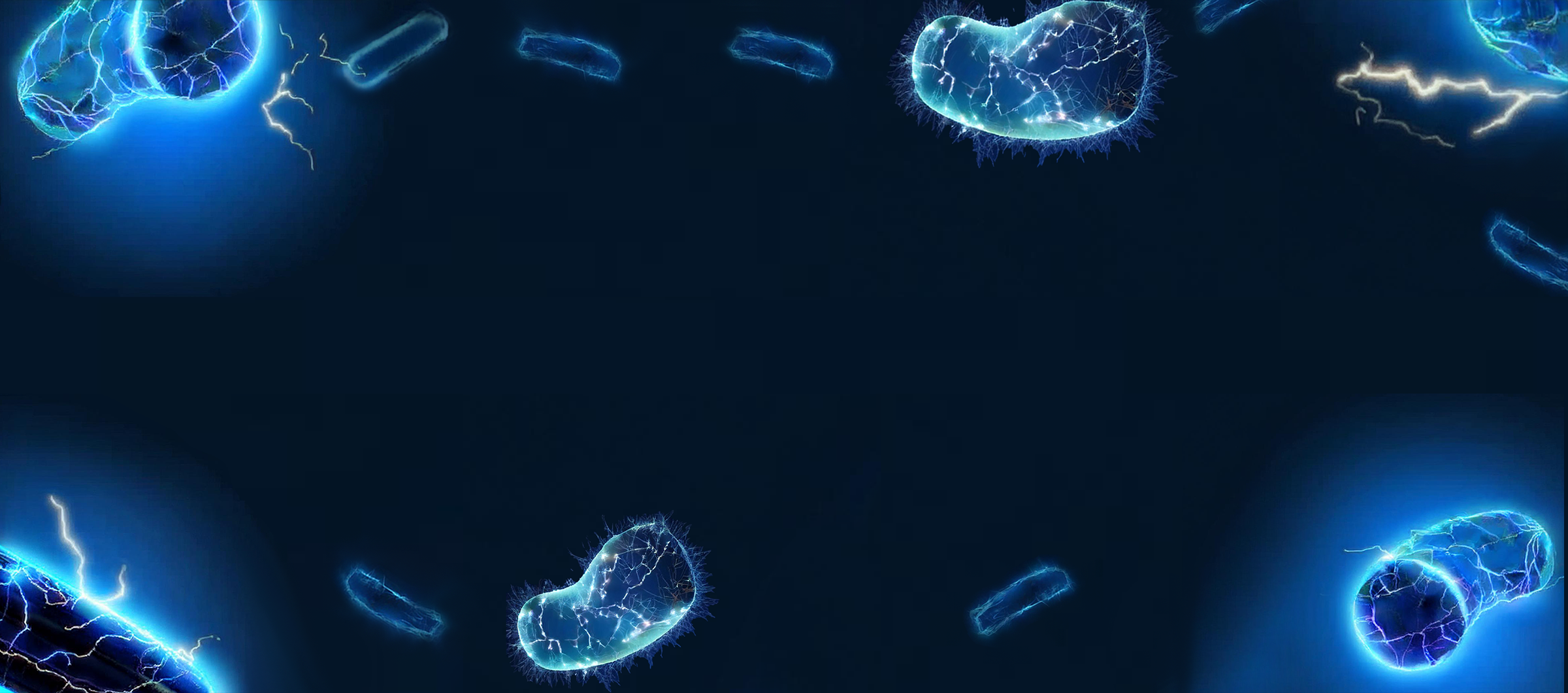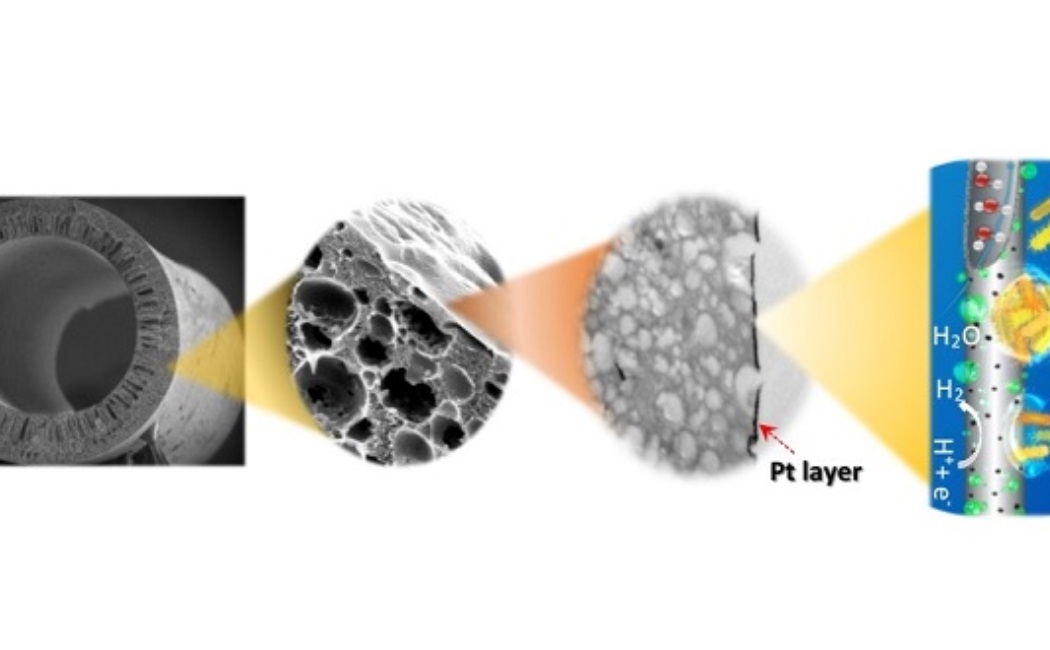Professors Suzana Nunes and Pascal Saikaly from KAUST’s Biological and Environmental Sciences and Engineering Division and their colleagues from their Division and from the Nanofabrication Core Lab have created platinum-coated hollow polymer fibers that let an electrochemical membrane bioreactor draw both clean water and hydrogen fuel from wastewater, tackling two global challenges at once.
“We produced the polymer fibers by simply adapting the phase-inversion method, which is already used in industry,” explained Suzana Nunes.
Using atomic-layer deposition, the team laid an ultrathin platinum film onto porous, non-conductive fibers, turning them into catalytic cathodes without adding significant cost. Despite much lower platinum loading, the fibers matched the hydrogen-evolution performance of conventional Pt–carbon cloth while filtering high-quality water. Their three-dimensional, high-surface-area architecture could also be adapted for microbial electrosynthesis of value-added chemicals from industrial CO₂ streams.

